The River Seine, a ribbon of water that defines the heart of Paris, has a story as captivating as the city it embraces. It doesn’t spring to life amidst the bustling streets of the French capital, but rather in the quiet countryside.
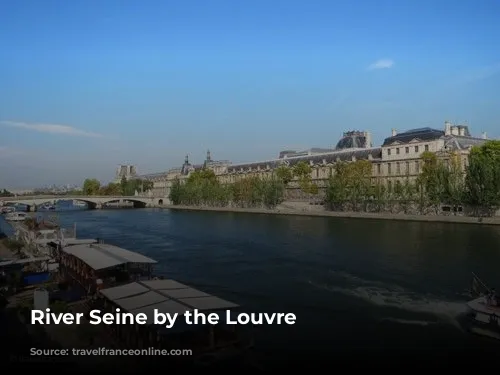
A Source Hidden Away
Imagine a serene landscape in the Plateau of Langres, a region in the Côte d’Or department of Bourgogne-Franche-Comté. Nestled within this picturesque setting, at an altitude of 446 meters, you’ll find the Source-Seine, the humble birthplace of the mighty Seine.
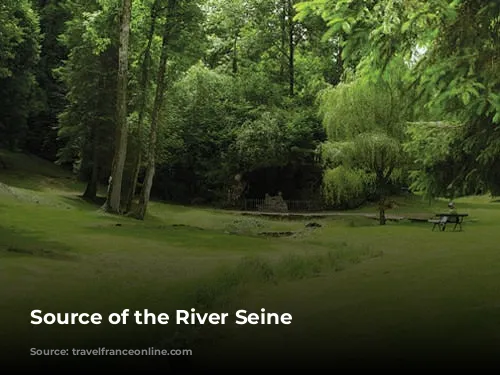
Flowing Through History
From its quiet beginnings, the Seine embarks on a journey of 777 kilometers across the French landscape. It whispers past Troyes, Paris, and Rouen, its waters reflecting the lives and stories of generations. Finally, the Seine reaches its grand finale, pouring into the English Channel through a broad estuary flanked by the ports of Le Havre and Honfleur.
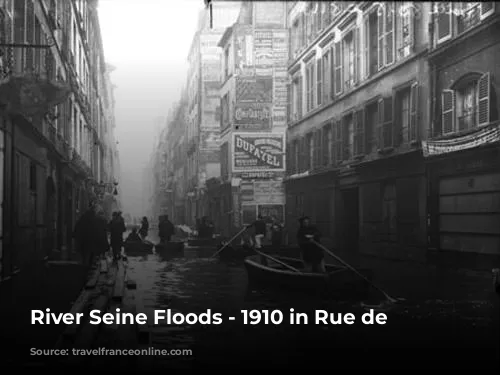
A River of Legends
Long before Paris was Paris, the Seine was a sacred river, its source revered by the Celtic deity Sequana. The river is named in her honor, a testament to its ancient power. A grotto, built in 1865, shelters a statue of Sequana, a graceful figure standing upon a boat, symbolizing the river’s journey. This statue is a replica of an original work by François Jouffroy, which depicted Sequana reclining. The vestiges of a Roman temple, once positioned near the source, promise a glimpse into the river’s ancient past, waiting for excavation in the coming years.
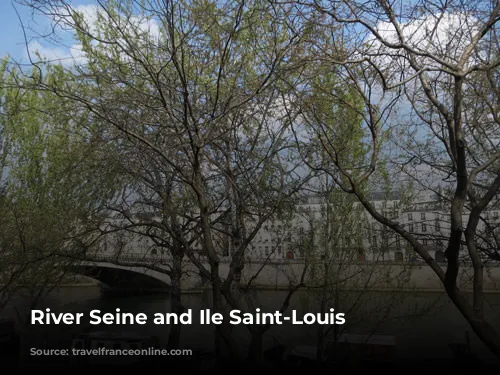
Paris’ Lifeline: The River Seine
The Seine flows through Paris, a vital artery for the city. It stretches for 13 kilometers at an elevation of 26.72 meters, its width ranging from 30 to 200 meters and its depth from 3.4 to 5.7 meters. Its waters are a constant presence, carrying boats, reflecting the city’s skyline, and providing a tranquil respite for Parisians.
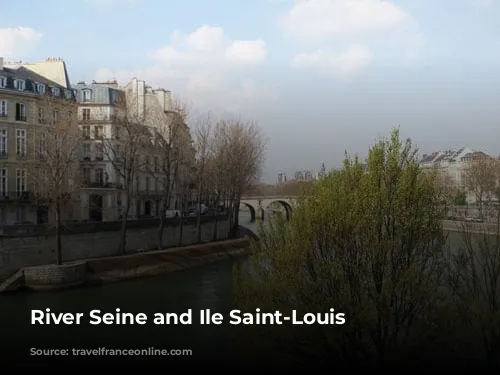
Bridges and Poetry
The Seine is spanned by 37 bridges, including four footbridges, each a testament to the ingenuity of Parisian engineers. These bridges have inspired poets and songwriters for centuries, woven into their verses as symbols of romance. The Pont Mirabeau, immortalized in the song “Sous le Pont Mirabeau,” and the Pont Neuf, featured in “Sous les Ponts de Paris,” evoke a sense of Parisian charm and intrigue.
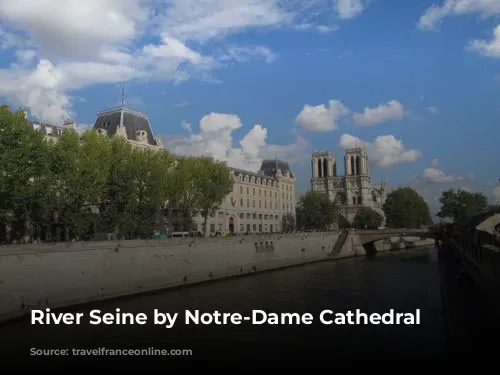
A River of Commerce
The Seine is not merely a source of beauty and inspiration; it is a waterway that has been central to the city’s life for centuries. Its importance dates back to the Neolithic era, when people were drawn to its banks, attracted by the river’s resources and its role in transportation. The discovery of ancient barges in the Parc de Bercy, now housed in the Carnavalet Museum, testifies to the Seine’s long-standing role in commerce.
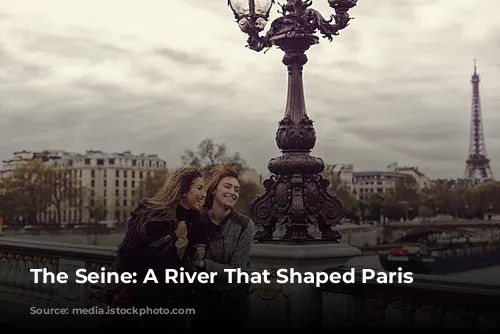
The Nautes Parisiens: Keepers of the Seine
The Nautes Parisiens, the Corporation of the Boatmen of Paris, have a history that stretches back to the Parisii, the Celtic tribe who settled on the Ile de la Cité before the Romans. The Parisii, skilled navigators on the Seine, expanded their maritime activities following the Roman conquest. The Nautes Parisiens played a crucial role in the city’s development, becoming a powerful force during the Middle Ages. They were instrumental in establishing Paris’ earliest administrative structures, leaving a lasting mark on the city. Their coat of arms, featuring a sailing boat navigating the Seine, eventually became the official coat of arms of Paris.
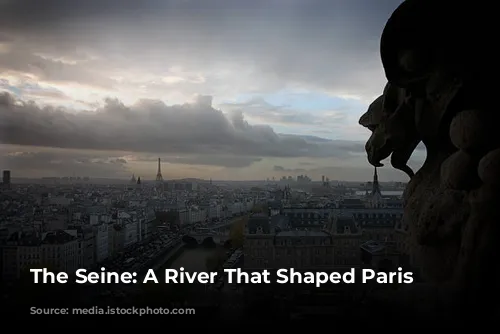
From Ancient Bridge to Modern Metropolis
The first bridge over the Seine was built by the Romans in the 1st century AD, replacing an earlier wooden structure built by the Parisii. This Petit Pont, spanning the smaller arm of the Seine, connecting the Ile de la Cité with Rue St Jacques on the Left Bank, is recognized as Paris’s oldest bridge. It has undergone numerous reconstructions over the centuries, but its name, Petit Pont, remains a constant reminder of its ancient origins.
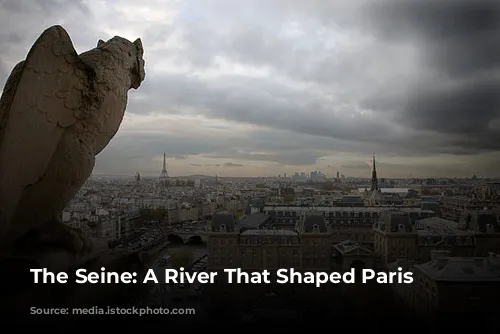
Water for Paris: A Struggle Through History
The Seine was a vital water source for Parisians for centuries, but access to clean water wasn’t always easy. In medieval Paris, people collected water directly from the river or bought it from street vendors. The situation improved when a water pump, known as the Samaritaine, was installed beneath the Pont Neuf in 1608, providing water to the Louvre until 1813. However, Napoleon’s ambitious project to bring clean water to Parisian fountains through the construction of the Canal St Martin and Bassin de La Villette marked a significant turning point in the city’s quest for a dependable water supply.
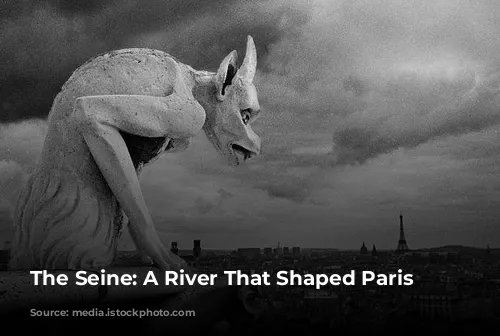
The Seine: A Playground for Parisians
Beyond its practical uses, the Seine has always been a source of pleasure for Parisians. Its banks provided a tranquil escape, inviting leisurely strolls and even swimming. While swimming in the Seine was officially banned in 1923, the tradition of enjoying the river’s banks continues with the annual Paris Plages event. Every summer, Parisians and visitors alike gather along the Seine to relax, unwind, and enjoy the city’s heart from a unique perspective.
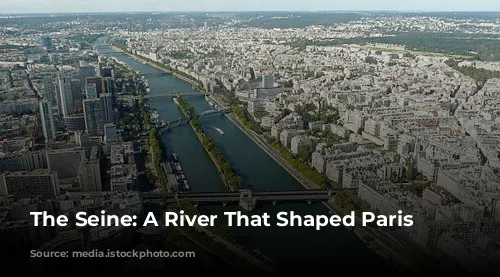
The Seine’s Untamable Nature: Floods and Change
The Seine was once a wild and unpredictable river, prone to sudden changes in its temperament. During harsh winters, the river would freeze solid, allowing people to walk across its icy surface. However, as spring arrived, the ice would break up, leading to flooding and bridge damage. Throughout its history, the Seine has witnessed numerous floods, including those in 358-59 AD, 582 AD, and 1280, which destroyed the Grand-Pont (Pont Notre-Dame). The flood of 1296 was particularly devastating, submerging all of Paris’s bridges, which were then lined with houses. One of the most memorable floods occurred in 1910, lasting for nine days and causing the water level to surge by 9.50 meters between January 20th and 28th.
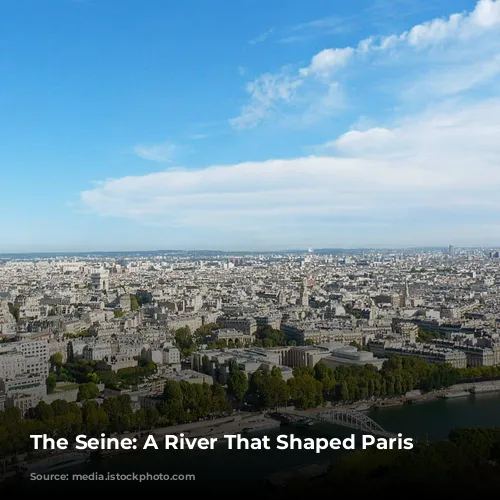
The Seine: Shaping the City’s Landscape
The Seine has shaped the very landscape of Paris, creating islands and islets that have played pivotal roles in the city’s development. Ile de la Cité, an island in the heart of Paris, has grown over time, absorbing smaller islands. Ile St Louis, another island, emerged from the river’s flow, adding to the city’s unique layout. Ile Louviers, once near Ile St-Louis, was connected to the right bank, giving rise to Quartier Morland. Further downstream, Ile aux Cygnes, an 890-meter-long embankment built in 1827, was instrumental in supporting the construction of three Parisian bridges. Originally named Ile Maquerelle, this island, nestled between the river and Rue de l’Université, was attached to the Rive Gauche.
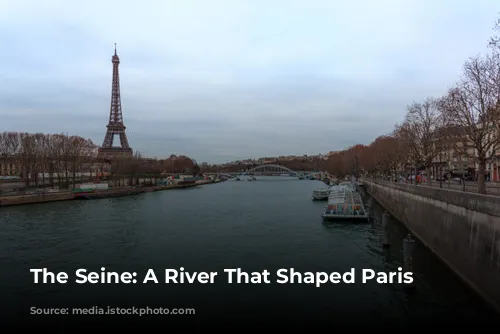
The Seine: A River in Constant Evolution
The Seine is a river in constant flux, its course and surroundings changing over time. On the Right Bank, a broad meander developed, leading to a shift in the river’s course. This shift left behind a large piece of land that evolved into marshland, giving rise to the Marais. The Knights Templar and the monks of the Abbaye de St Martin-des-Champs embarked on a massive project in the 11th century to drain the marsh, reclaiming the land for human habitation. These religious institutions were among the first settlements in the Marais region.
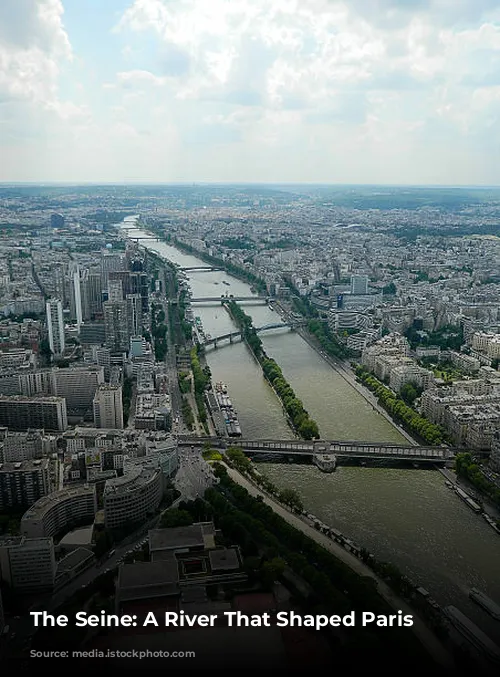
The Seine’s Modern Renaissance: A River Rediscovered
In recent years, there has been a revival of appreciation for the Seine, with a concerted effort to enhance its banks and quays. Pedestrian-friendly areas and verdant public gardens have transformed the river’s edges, creating a welcoming environment for residents and visitors alike. Some stretches of the riverbanks have been closed to vehicular traffic, offering a peaceful retreat from the city’s buzz. As you stroll along the Seine, you’ll encounter bouquinistes (booksellers) and inviting benches, perfect for pausing to take in the lively ambiance. For a unique perspective of Paris, consider a leisurely river cruise, gliding along the water’s surface, taking in the city’s beauty from a different vantage point.
A River for All Seasons: The Seine’s Enduring Charm
The River Seine has become a destination in its own right, drawing visitors seeking a quiet escape from the city’s hustle and bustle. The Seine offers a tranquil escape, its banks inviting you to relax and unwind amidst the serenity, away from the throngs of tourists. Immerse yourself in the river’s charm, embrace its history, and let it inspire you with its timeless beauty.
